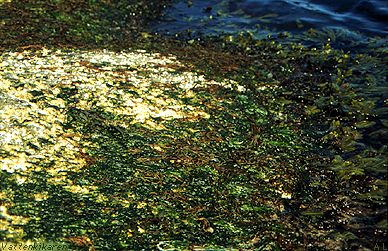 |
 |
 |

| Cliffs and rocks are fantastic! | ||||
| Zoning and flecked occurrence | ||||||
| Animals that are attached | ||||||
| Modular construction | ||||||
| Variation and change | ||||||
| Variations in water level | ||||||
| Wave exposure | ||||||
| Both cliffs and rocks | ||||||
| Freshwater and saltwater | ||||||
| Geography, climate and history | ||||||
| Organisms life cycles | ||||||
| Organisms effect on each other | ||||||
| Energy and the flow of material | ||||||